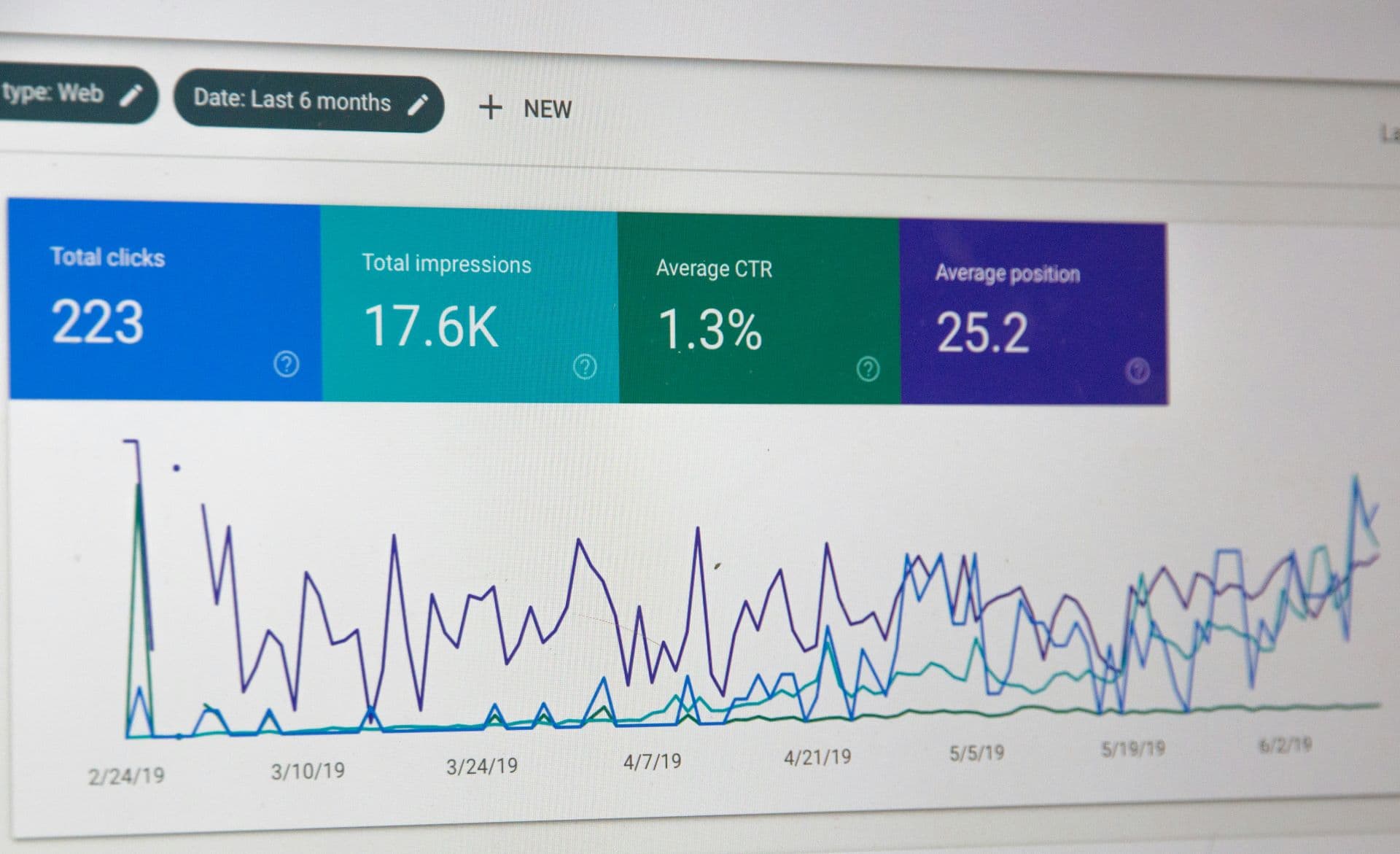Keyword Research: The Beginner’s Guide to Finding Profitable Niches

Learn the basics of keyword research to find profitable niches for your brand. Discover free tools, long-tail strategies, and tips to boost SEO.
Keyword research is the backbone of any successful content marketing strategy. By understanding the topics and phrases your target audience searches for, you can create hyper-relevant content that drives qualified traffic—and ultimately, more conversions. In this beginner-friendly guide, we’ll walk you through the basics of keyword research and show you how to discover profitable niches for your brand.
Why Keyword Research Matters
Relevance
Targeting the right keywords helps ensure your content appears in front of people who genuinely want what you offer.
SEO Boost
Search engines reward pages that align closely with user queries. Well-researched keywords can boost your rankings.
Content Direction
Keyword research guides your editorial calendar, helping you come up with blog ideas that address real user needs.
Step 1: Brainstorm Core Topics
Start by listing 5–10 broad topics directly related to your business. For example, if you run a digital marketing agency, your topics might be:
Content Marketing
Social Media Advertising
SEO & SEM
Email Marketing
Branding
These topics will act as your foundation before diving into more granular keywords.
Step 2: Use Free & Paid Tools
Google Keyword Planner (Free)
Enter your core topics to see keyword ideas, search volumes, and competition levels.
Ubersuggest (Freemium)
Provides keyword suggestions, SEO difficulty scores, and content ideas.
SEMrush / Ahrefs (Paid)
Advanced tools for in-depth competitive analysis, keyword difficulty, and SERP breakdowns.
Pro Tip: If budget is tight, start with free tools. As you grow, investing in a paid solution can speed up research and reveal deeper insights.
Step 3: Identify Long-Tail Keywords
Long-tail keywords are more specific, longer phrases (3+ words) that typically have lower search volume but higher intent. Examples:
Broad keyword: “content marketing”
Long-tail version: “content marketing strategies for small businesses”
Long-tail keywords often convert better because they match more specific searches (“content marketing strategies for small businesses” indicates the user is actively seeking actionable tips for a small business context).
Step 4: Analyze Search Intent
Users searching “brand identity examples” might be researching for inspiration, whereas “hire brand identity agency” indicates they’re ready to pay for professional help. By tailoring content to match user intent—informational, transactional, or navigational—you’ll attract the right audience at the right stage of the buyer’s journey.
Step 5: Check Competitor Rankings
Look at competitor websites to see which keywords they’re ranking for:
Check Their Meta Tags & H1s: Usually, the primary keyword or phrase is in the page title.
Read Their Content: Note what topics are covered, how thoroughly, and what might be missing.
Identify Gaps: Is there a subtopic they haven’t addressed yet or only covered superficially?
These gaps present an opportunity for you to step in with comprehensive, high-value content.
Step 6: Evaluate Keyword Difficulty vs. Volume
Aim for a balance between keyword difficulty and search volume:
High Volume + Low to Medium Difficulty: Ideal sweet spot if you can create top-tier content.
Low Volume + Low Difficulty: Can still be valuable if the keyword is highly specific (e.g., a niche audience).
High Difficulty: Usually dominated by large, established sites. Not impossible to rank for, but it takes longer and requires more authority-building.
Bonus: Organizing Your Findings
Create a simple spreadsheet to track:
Keyword / Search Phrase
Monthly Search Volume
Keyword Difficulty (Low, Medium, High)
Suggested Content Angle / Title
Notes on SERP Intent or Competitor Gaps
This “Keyword Bank” becomes a direct resource for planning future blog posts, videos, or other content formats.
Conclusion
Keyword research doesn’t have to be intimidating. By leveraging the right tools, analyzing user intent, and focusing on long-tail opportunities, you can uncover profitable niches that align perfectly with your audience’s needs. Once you master these fundamentals, you’ll find it much easier to produce content that ranks higher, drives traffic, and delivers real value to your customers.
